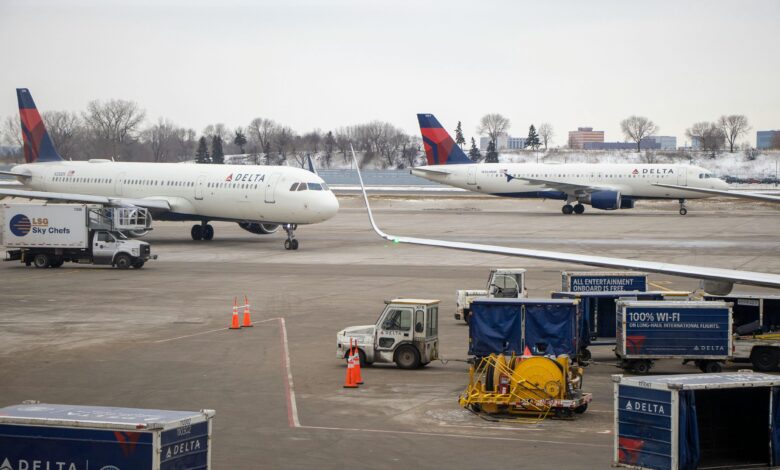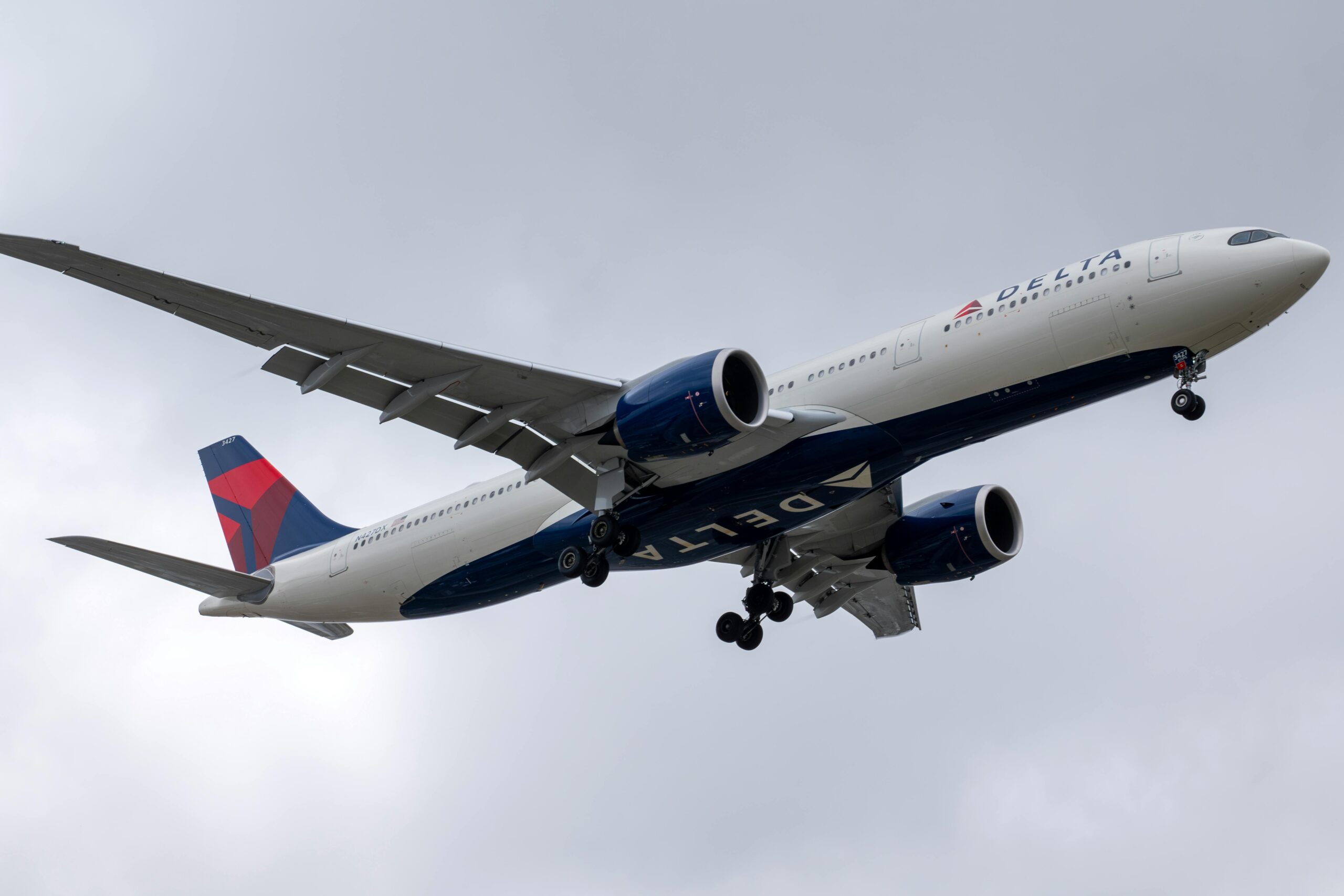Understanding Flight Diversions The Case of Delta DL275 to LAX

Introduction to Flight Diversions
Commercial aviation operates with an impeccable safety record, yet flight diversions remain a relatively common occurrence that passengers often misunderstand. The recent diversion of Delta Flight DL275 to Los Angeles International Airport (LAX) serves as an instructive case study in aviation operations. This comprehensive guide will examine why flights divert, using DL275’s specific situation as a framework to explore broader aviation safety protocols. We’ll analyze common diversion causes, passenger rights during such events, airline operational considerations, and how these incidents reflect the industry’s commitment to safety above all else. Whether you’re a frequent flyer or simply curious about aviation operations, understanding diversion protocols provides valuable insight into modern air travel’s safety mechanisms.
The DL275 Diversion: A Case Study
Delta Air Lines Flight DL275, operating from [origin] to [destination], made headlines when it diverted to LAX on [date]. Preliminary reports indicate the diversion resulted from [stated reason – medical emergency/mechanical issue/weather concerns]. This particular incident highlights several aspects of airline operations: the crew’s decision-making process, coordination with air traffic control, and implementation of emergency protocols when required. The aircraft, a [model], carried approximately [number] passengers who were accommodated according to Delta’s customer service protocols. Aviation experts note that while disruptive to travel plans, such diversions demonstrate the system working as designed – prioritizing safety over schedule. The flight’s captain made the determination to divert based on [specific factors], consulting with both company dispatchers and FAA representatives before executing the diversion procedure.
Common Reasons for Flight Diversions
Commercial flights divert for numerous reasons, all stemming from the fundamental aviation principle of prioritizing safety. Medical emergencies account for approximately [percentage] of diversions, with onboard medical professionals often assisting flight crews in assessing whether continued flight represents the best option. Mechanical issues ranging from minor indicator anomalies to more substantial system irregularities prompt diversions when crews determine the situation warrants additional inspection. Weather remains a predominant factor, particularly when destination airports experience rapidly deteriorating conditions that differ from forecasts. Security concerns, while rare, immediately trigger diversion protocols. Less common reasons include unruly passengers, aircraft weight restrictions due to unexpected conditions, and even air traffic control limitations. In each case, captains weigh multiple variables including aircraft status, passenger wellbeing, and operational considerations before electing to divert.
The Decision-Making Process Behind Diversions
A pilot’s decision to divert involves complex real-time risk assessment guided by extensive training and company policies. When confronting potential diversion scenarios, flight crews follow structured protocols beginning with situation assessment. They consult checklists specific to the issue, whether medical, mechanical, or meteorological. Modern aircraft provide real-time data transmission to airline operations centers, where teams of experts assist crews in evaluating options. For DL275, Delta’s operations control center likely provided updated weather information, maintenance guidance, and diversion airport status. Captains must consider remaining fuel, passenger conditions, airport facilities, and maintenance capabilities at potential diversion points. The final decision balances operational requirements with uncompromising safety standards, often requiring rapid analysis of multiple dynamic factors while maintaining aircraft control.
Passenger Rights and Experiences During Diversions
When flights divert like DL275 did to LAX, passengers experience understandable frustration but retain specific rights and accommodations. U.S. Department of Transportation regulations require airlines to provide certain services during extended delays, though diversion specifics depend on circumstances and airline policies. Typically, airlines arrange hotel accommodations for overnight diversions and provide meal vouchers during extended ground delays. Rebooking options vary by situation – weather-related diversions often see passengers accommodated on the next available flights, while mechanical issues might require longer delays for aircraft inspection or replacement. International diversions add customs and immigration complications. Airlines generally don’t provide monetary compensation unless required by specific regional regulations like EU 261. The DL275 passengers likely received Delta’s standard diversion assistance package, which includes [specific services].

Operational and Financial Impacts of Diversions
Flight diversions create substantial operational challenges and financial implications for airlines. A single diversion like DL275’s to LAX can cost an airline between [$ amount] in direct expenses including fuel, landing fees, ground handling, and passenger accommodations. Ripple effects disrupt crew scheduling, aircraft rotations, and maintenance planning. Airlines maintain extensive contingency plans, with major carriers like Delta pre-identifying preferred diversion airports along routes based on facilities, handling capabilities, and corporate relationships. Frequent diversion airports like LAX have specialized teams to handle unexpected arrivals efficiently. Data analysis helps airlines identify diversion patterns and adjust operations accordingly – for instance, altering fuel loads or flight paths during certain weather seasons. While costly, these measures demonstrate the industry’s commitment to treating safety as non-negotiable despite financial impacts.
Frequently Asked Questions About Flight Diversions
1. How common are flight diversions like DL275’s to LAX?
Industry data indicates approximately [percentage] of commercial flights divert annually, with the majority for medical or minor mechanical issues rather than emergencies.
2. Can passengers get compensation for diversion inconveniences?
U.S. regulations don’t mandate compensation for diversions unless due to airline-controlled factors like maintenance; however, airlines typically provide hotels/meals for overnight delays.
3. Why do flights sometimes divert rather than return to origin?
Captains select the nearest suitable airport based on factors like weather, facilities, and passenger needs – often not the departure point.
4. How do pilots train for diversion scenarios?
Airline pilots undergo recurrent simulator training covering diversion procedures, including emergency scenarios and complex decision-making exercises.
5. What should passengers do during a diversion?
Follow crew instructions, keep electronic devices charged, retain boarding passes for rebooking, and check airline apps for updated information.
Conclusion: Safety First in Aviation Operations
The diversion of Delta Flight DL275 to LAX exemplifies commercial aviation’s unwavering commitment to passenger safety. While disruptive, such decisions reflect the industry’s sophisticated safety culture where professionals at all levels prioritize wellbeing over convenience. Modern aviation’s diversion protocols represent decades of operational refinement, balancing rapid decision-making with comprehensive risk assessment. Passengers can take comfort knowing that every diversion, whether for a medical situation like potentially occurred on DL275 or technical concerns, follows established procedures designed to protect everyone onboard. As air travel continues to evolve with new technologies and procedures, this safety-first mentality remains the foundation of all operations – ensuring that when unusual situations arise, crews have the training and resources to respond appropriately. The DL275 incident serves as a reminder that behind every flight number are teams of professionals dedicated to safe passage, regardless of itinerary changes required to uphold that standard.